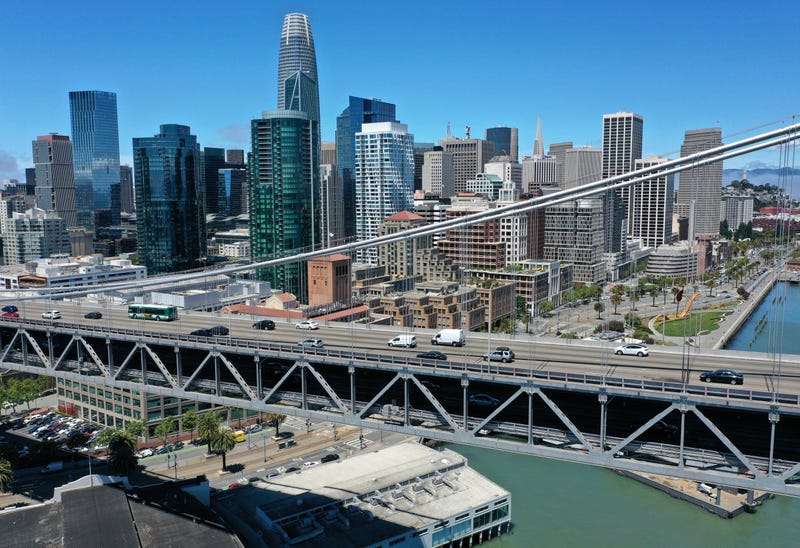
As California reopens its economy and companies start calling workers back to the office, traffic experts say we’re still not seeing the kind of congestion we saw before the COVID-19 pandemic in the Bay Area.
Don’t tell drivers on the Altamont Pass, the Santa Cruz Mountains or the Eastshore Freeway, but morning traffic isn’t what it used to be.
"The a.m. peak is tending to be a little easier than it was," David Scrhank, a senior research scientist at the Texas A&M Transportation Institute, told KCBS on Tuesday. "The p.m. peak is coming back with more oomph than the a.m."
Some new traffic patterns could even be with us for good.
With as many as 25% of employers opting to move forward with some kind of remote working, you might have to get used to more mid-day traffic.
"We're thinking that's probably due to the folks that are working from home (or) staying home, maybe running an errand at lunch, or going out to grab something to eat or (even) just getting out of the house for a few minutes," Schrank continued. "Those kind of things are starting to give some traffic in the middle of the day that we may not have had before."
Schrank said he expects slower recovery on public transit with so many remote workers, but an eventual return to pre-pandemic levels is coming.
The silver lining? Continued remote working in the region could extend the longevity of our transit infrastructure by up to three years, according to Schrank.

